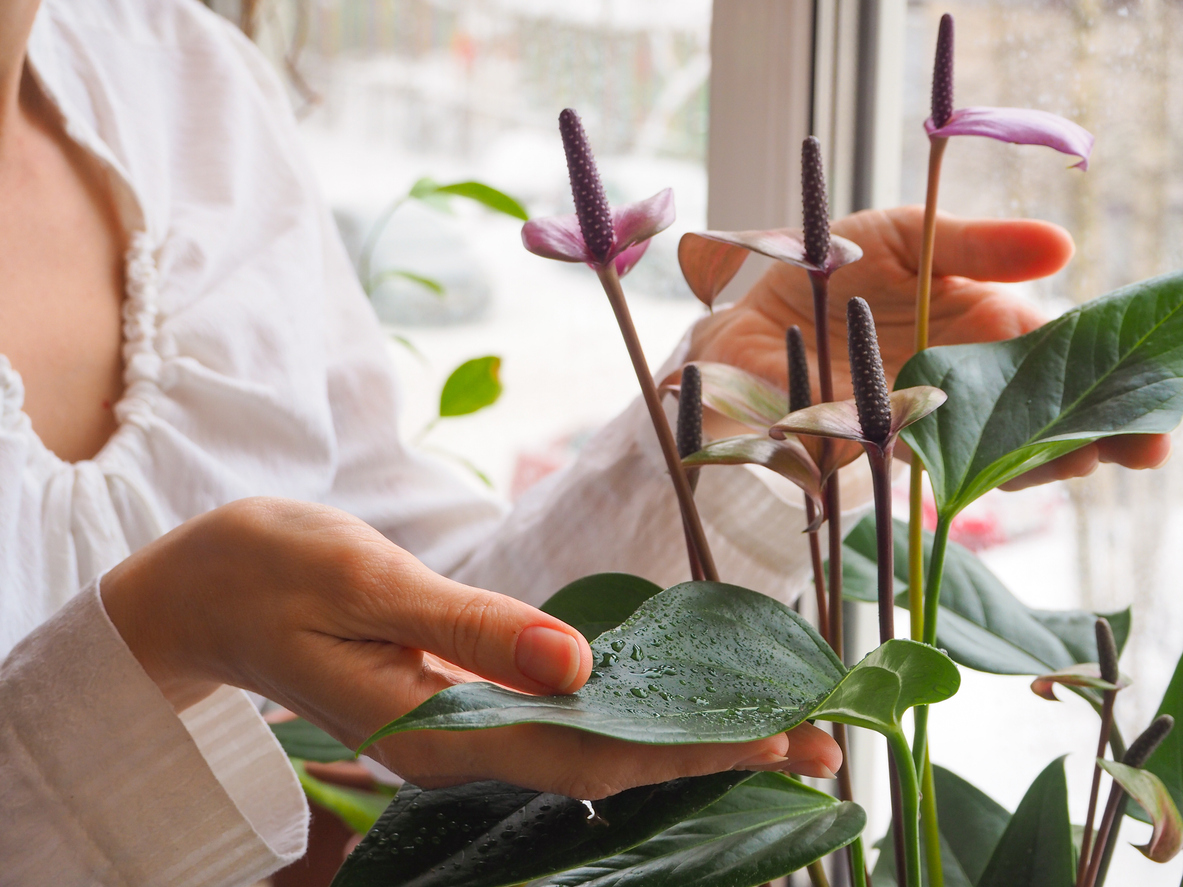When it comes to the relationship between houseplants and allergy symptoms, there are two schools of thought. Some people think that plants can help remove airborne allergy triggers while others claim that plants only serve to introduce more allergens into the air. Both theories are correct to a certain extent, depending on the species of plant that you are talking about. Below, we discuss which ones could be the best indoor plants for people with allergies, and which plants people with allergies should try to avoid.
Can indoor plants help with allergies?
If someone in your household has allergies, you know how important it is to avoid bringing allergens into your home. Fortunately, you do not have to let your caution keep you from adding some plant life to your home decor. Not all houseplants will trigger allergy symptoms in those with allergic rhinitis. In fact, some plants may even be able to improve the air quality of your home. In the next section, we will discuss the allergens that plants may bring into your home, but first, let us take a look at the potential for houseplants to remove pollutants from the air that you breathe.
In 1989, NASA released a Clean Air Study that suggested that certain low-light plants may be effective in removing volatile organic compounds (VOCs) such as benzene, toluene, xylenes and formaldehyde from the air in energy-efficient buildings (Wolverton, et. al, 1989. We now know that there is an observed relationship between VOC exposure and the development of allergy-related respiratory systems (Choi, et. al, 2010). Because of this relationship, some people use the NASA study to claim that plants, such as florist’s chrysanthemum, can improve allergy symptoms by purifying the air in a home.
However, the Wolverton study was performed in a lab with no air ventilation, which is not indicative of the current state of buildings (but would be appropriate if applied to a dwelling in space, as discussed in the report). Here on earth, even newer, energy-efficient buildings have some exchange of indoor and outdoor air. Unfortunately, according to the EPA, houseplants are not an effective way to remove airborne pollutants inside of a building with normal ventilation and air exchange.











